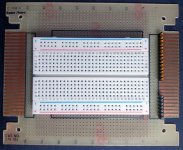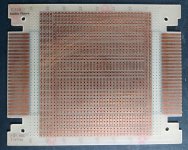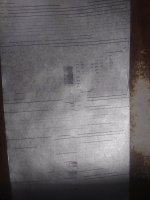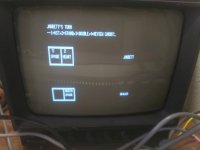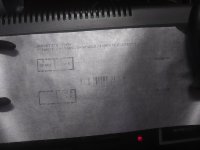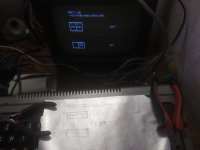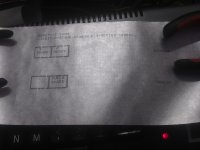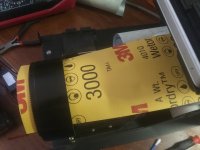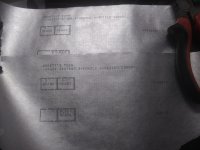You can easily make a parallel cable for the Model 1. You just need a 34 Pin Card
Edge Connector, some 34 Conductor Ribbon Cable, and a 50 Pin Centronics
Connector that is for Ribbon cable. The Pinout for J4 is on the schematics.
Pin 1 should go to Pin 1 on the Centronics. One conductor will need to
be crossed and laid down on the Centronics Connector on a Specific Pin.
I don't have my Model 1 Cable handy but if you draw out the connectors,
on paper you can see what needs to be crossed. I think it's Printer BUSY
if I am remembering correctly. (I made mine back in the mid 1980's.)
REF: CENTRONICS CONNECTOR:
https://old.pinouts.ru/ParallelPorts/Printer_pinout.shtml
So, when you draw out your connections you will use the Model1 connector on the left,
as per attached Schematic, and the Centronics connector on the right. Just draw lines
between the same signals, and wire it that way.
Larry



